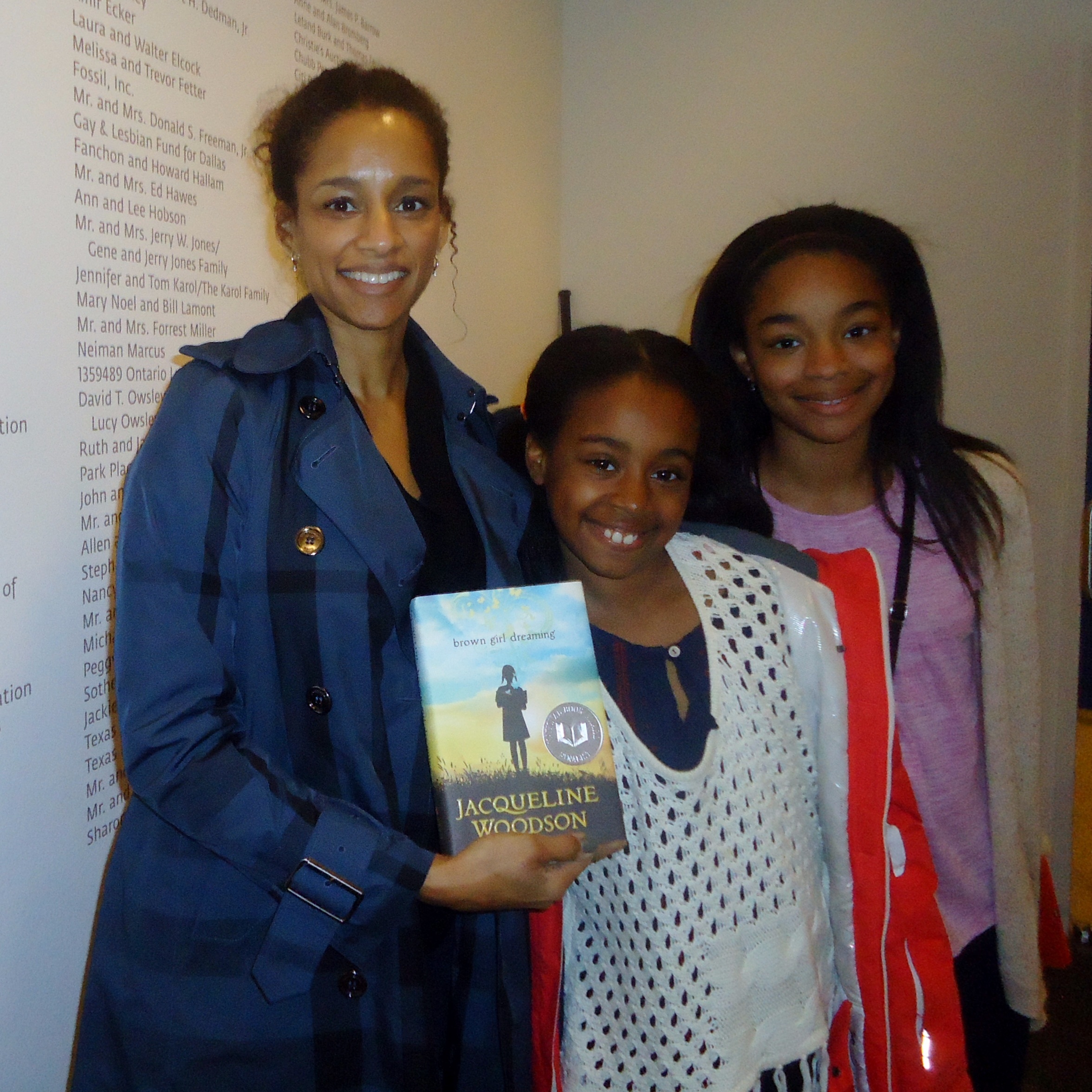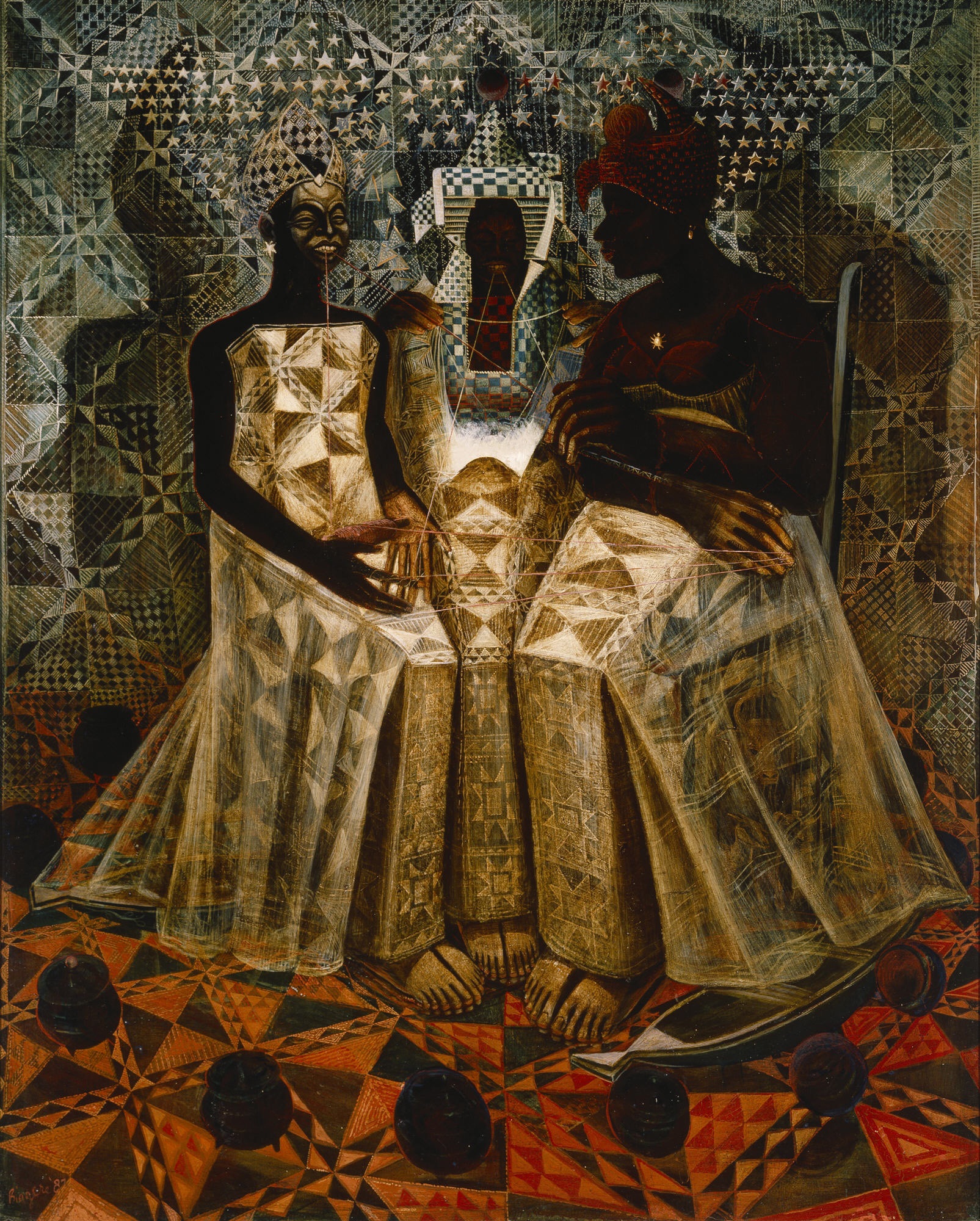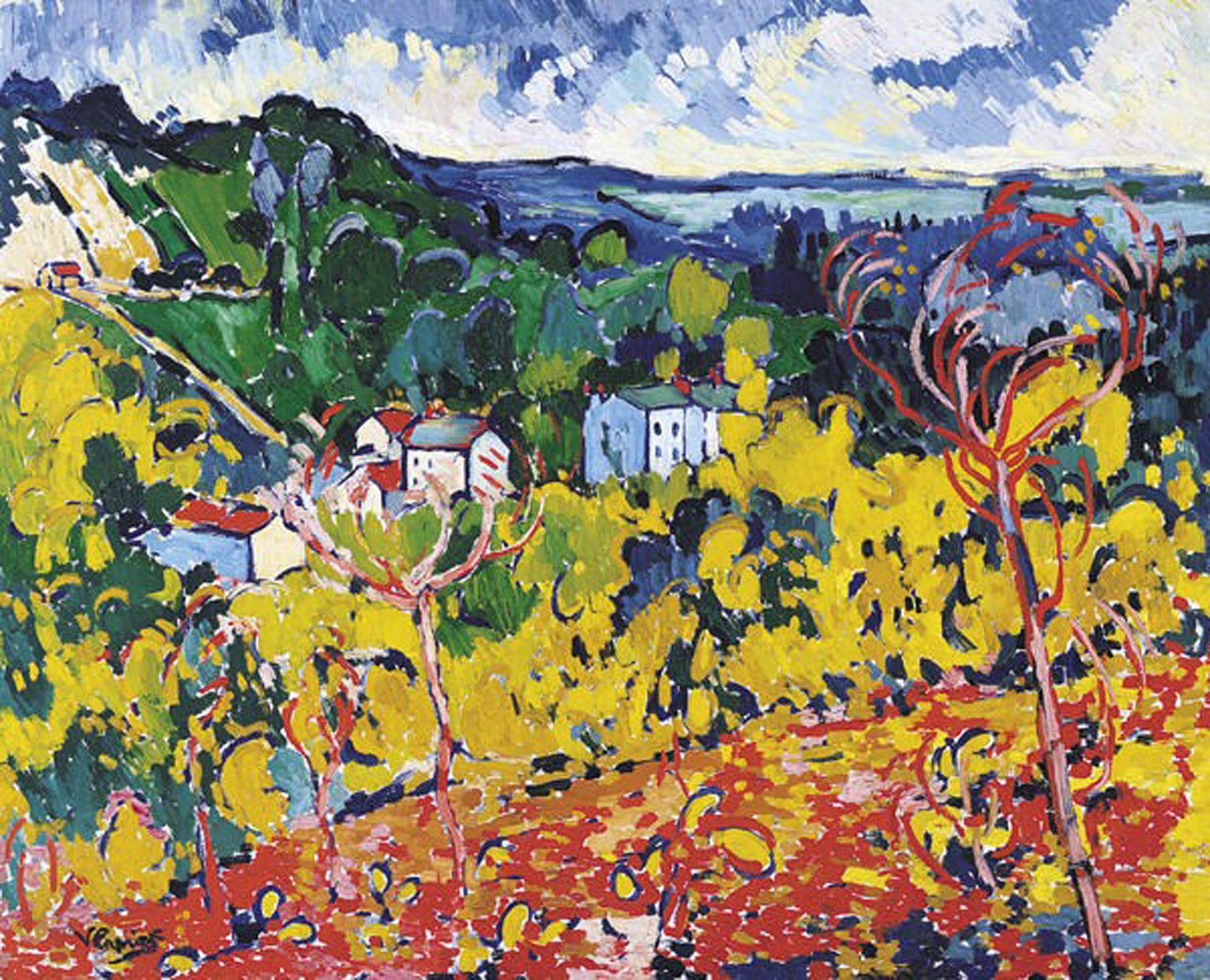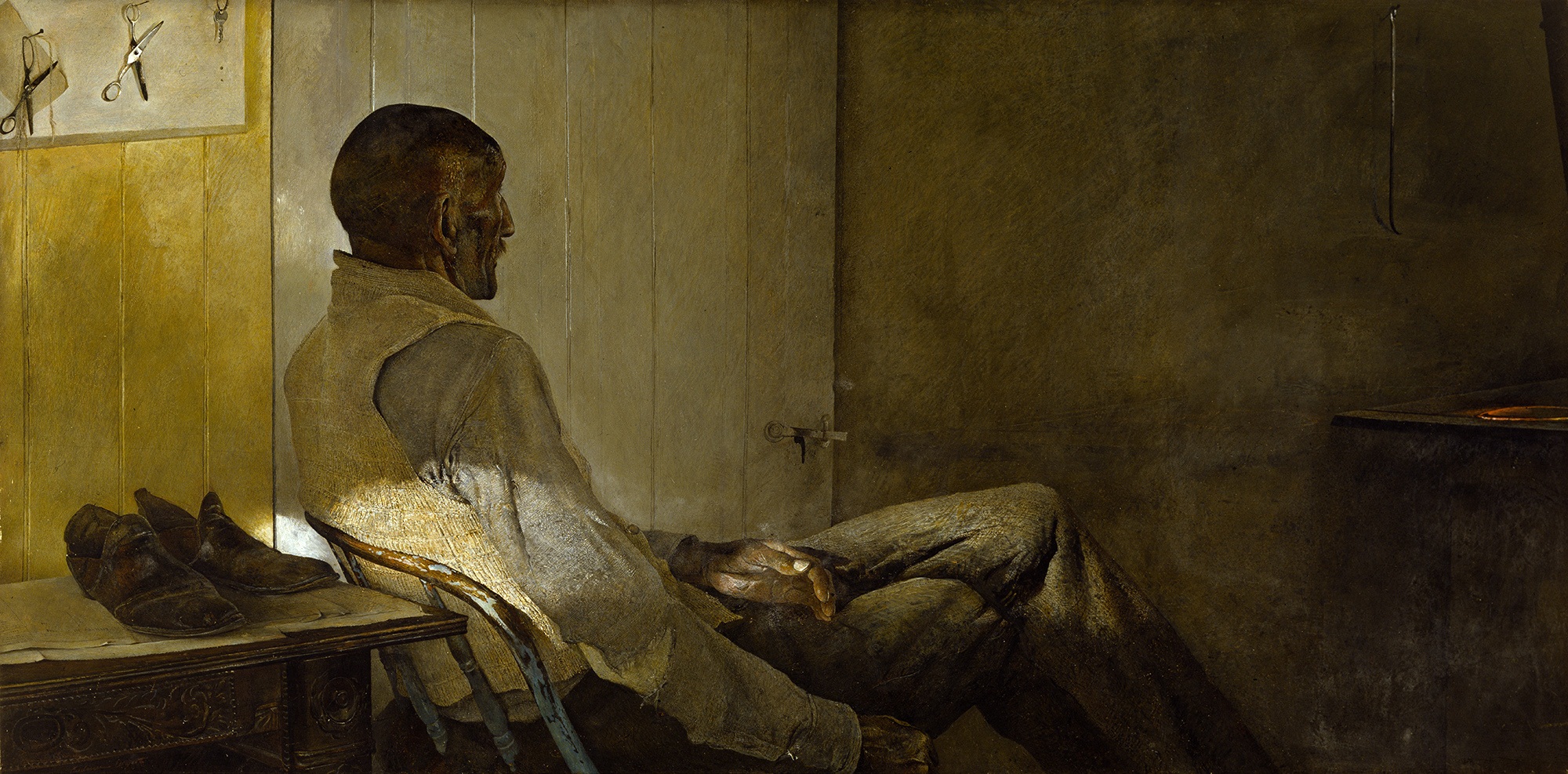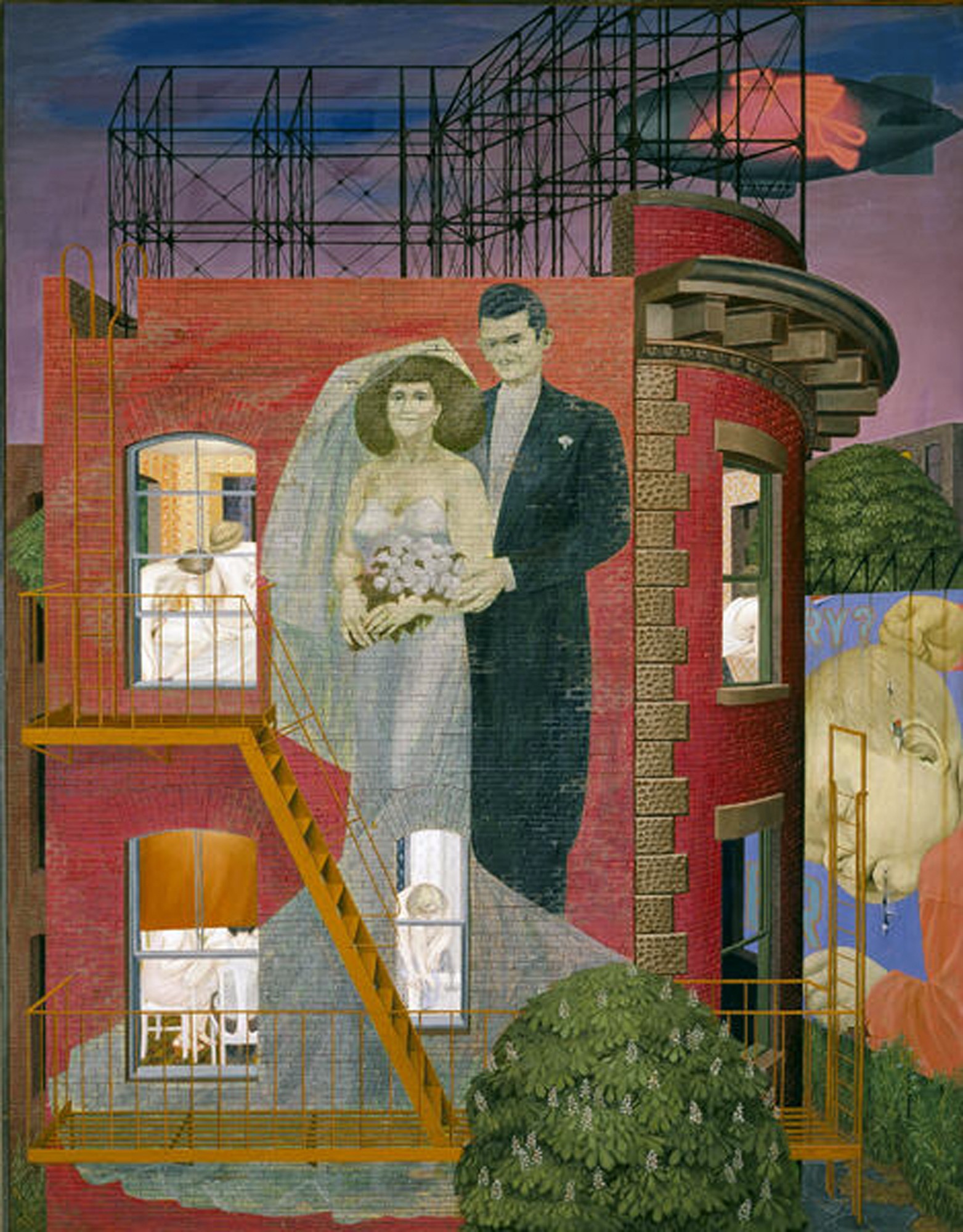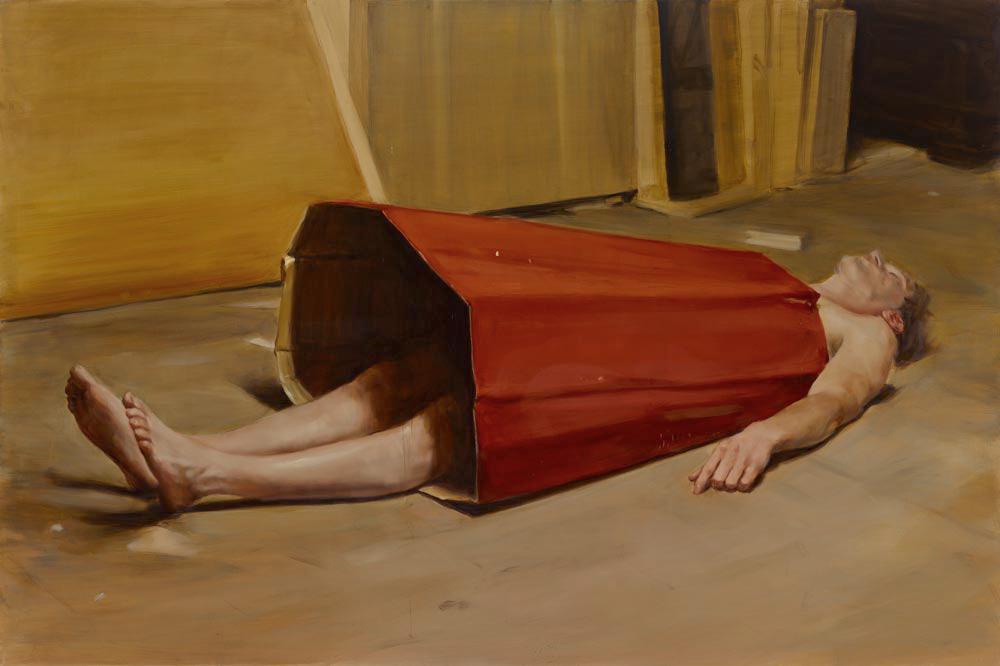Our literary and performing arts series Arts & Letters Live just announced the 2017 lineup of award-winning authors and performers, and we are just overflowing with excitement! Arts & Letters is the only literary series that is part of an art museum (that we know of!), and we love celebrating the connections between reading, writing, and art! Every year we host some wonderful children’s authors, and this year is no different. Get cozy with these books while the weather is still chilly, then come see us at the DMA to make some artful literary connections with the whole family!
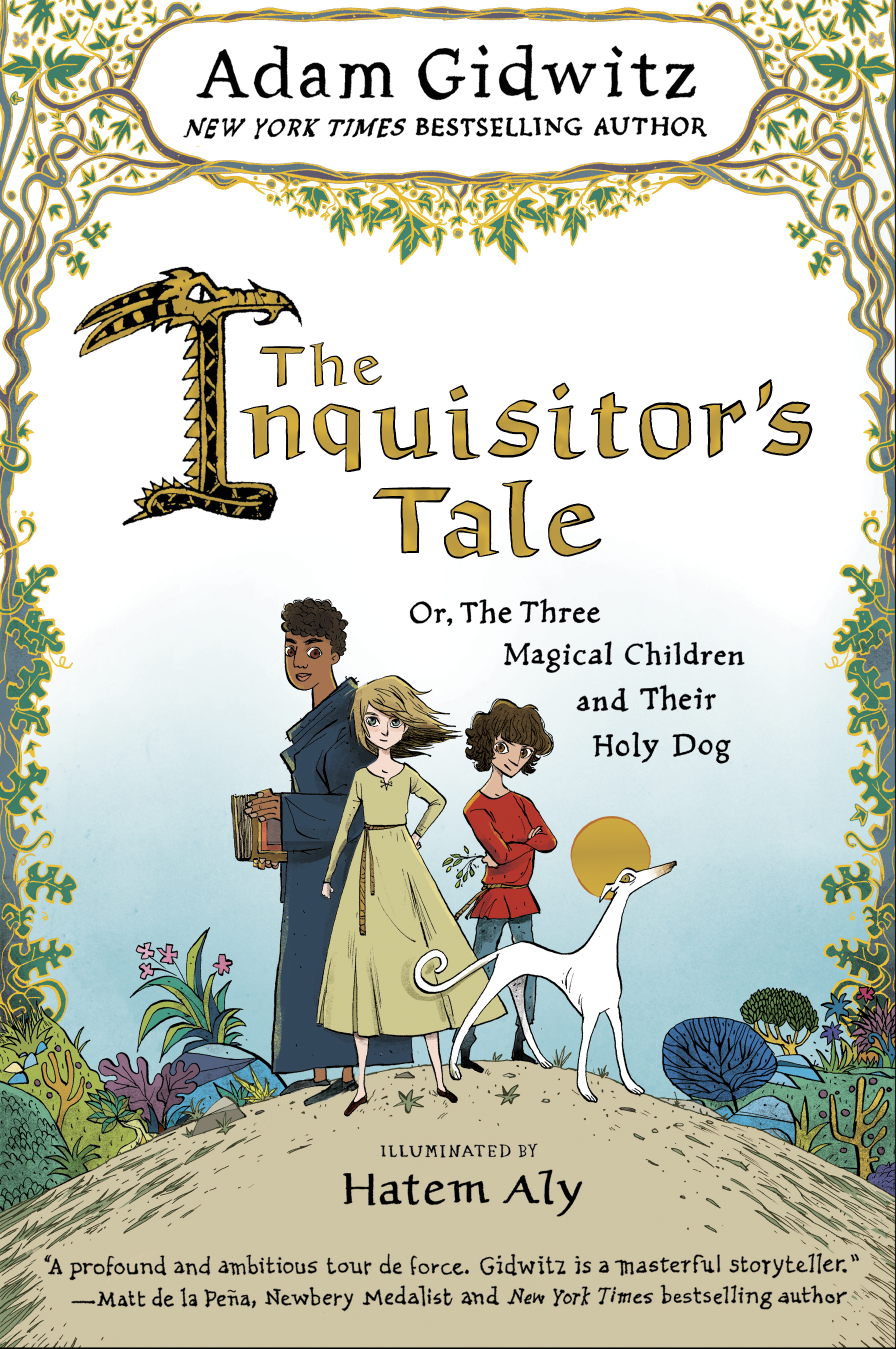 Adam Gidwitz
Adam Gidwitz
Sunday, February 26, 3:00 p.m.
Adam Gidwitz is the New York Times bestselling author of the Grimm trilogy. He spent six years researching his latest book, The Inquisitor’s Tale: Or, the Three Magical Children and Their Holy Dog, in which the adventures of three children take them through medieval France to escape prejudice and persecution. They save sacred texts from being burned, get taken captive by knights, face a farting dragon, and face a final showdown at Mont Saint-Michel. Learn more.
Before the talk, your family can embark on a scavenger hunt exploring works of art in Art and Nature in the Middle Ages.
 Erin and Philip C. Stead
Erin and Philip C. Stead
Tuesday, April 4, 11:30 a.m.
Erin and Philip Stead live and work side by side creating heartwarming stories such as A Sick Day for Amos McGee, winner of the 2011 Caldecott Medal. Erin’s forthcoming book Tony returns to themes of friendship and loyalty with the late poet Ed Galing’s tale of a boy and his horse. Philip’s latest, Samson in the Snow, highlights the power of simple acts of kindness to bring hope and light to even the coldest world. Learn more.
Following their talk at 3:30 p.m., join us for an illustration workshop (ages 6 and older) led by Erin and Philip Stead. Advance reservations strongly recommended as space is limited.
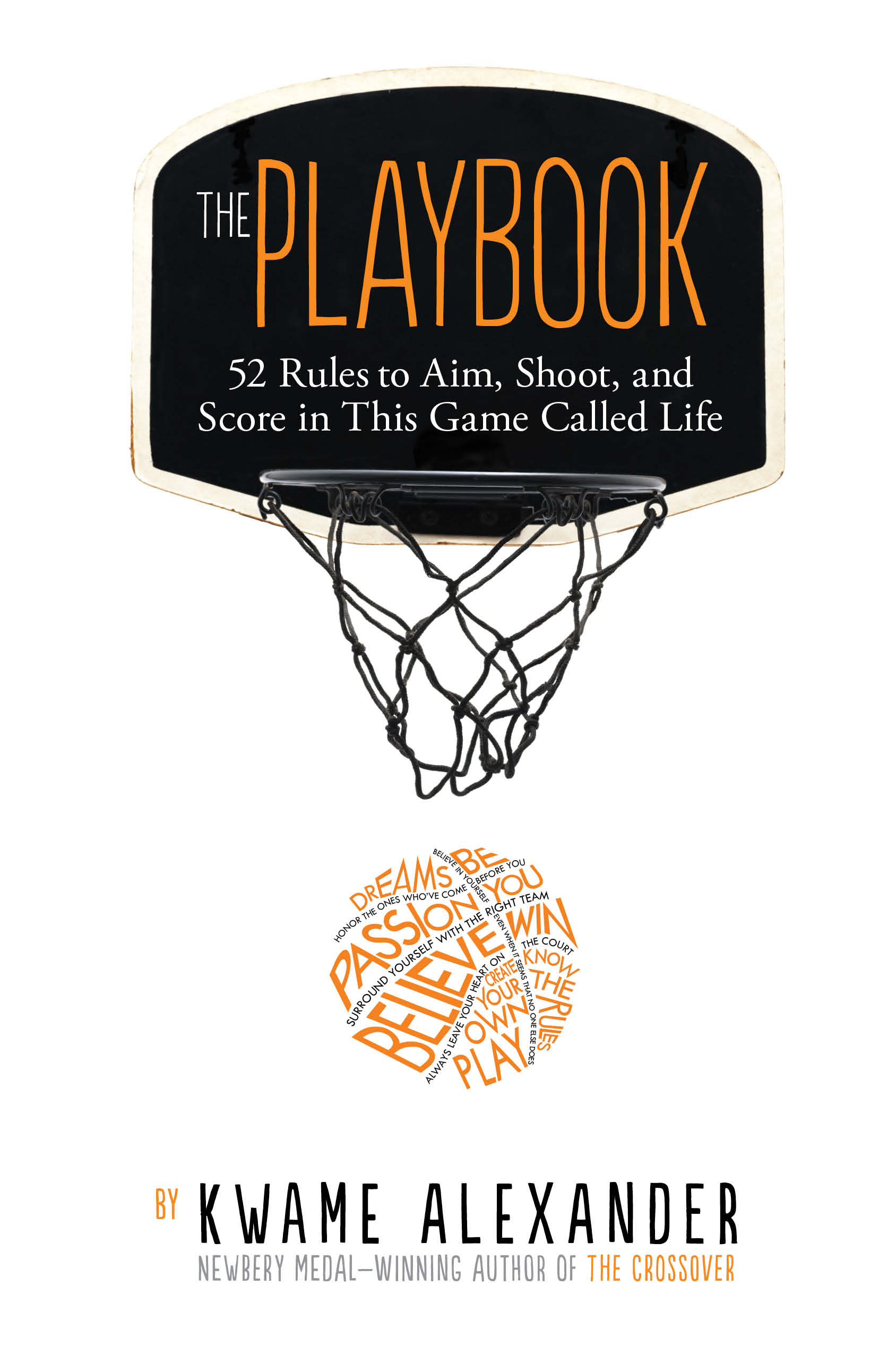 Kwame Alexander
Kwame Alexander
Saturday, June 10, 2:00 p.m.
New York Times bestselling author Kwame Alexander kicks off summer reading with his latest book, The Playbook: 52 Rules to Aim, Shoot, and Score in This Game Called Life. A strategy guide written with middle grade readers in mind but motivational for all ages, The Playbook “rules” contain wisdom from inspiring role models such as Nelson Mandela, Michelle Obama, Lebron James, and more. The author of 21 books, Alexander received the 2015 Newbery Medal and the Coretta Scott King Author Award Honor for his book The Crossover. Learn more.
See the entire lineup for the January-June season to see if your favorite author will be coming to town this year. Hope to see you there!
Madeleine Fitzgerald
Audience Relations Coordinator
